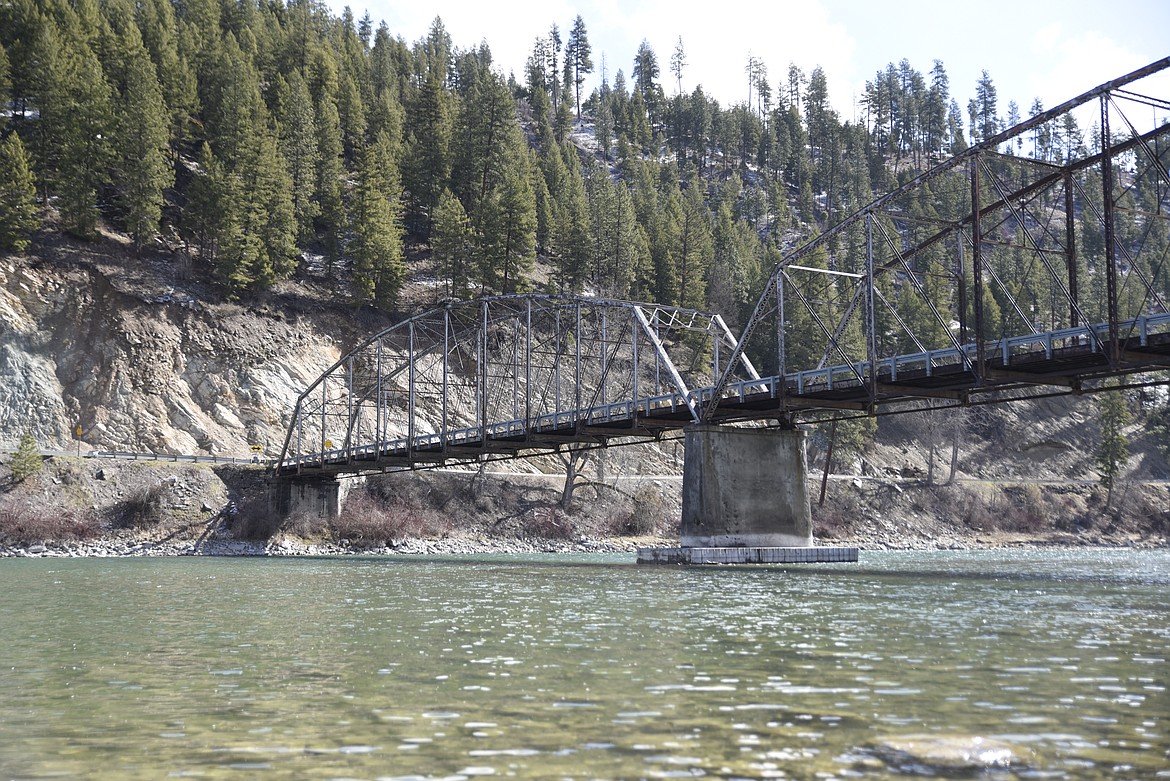Local lawmakers question new selenium standards
Local elected officials want more information about new regulations for a heavy metal that is leaching into Lake Koocanusa and the Kootenai River from upstream Canadian mines.
The Montana Department of Environmental Quality’s Board of Environmental Review approved updated selenium standards during a Dec...
Become a Subscriber!
You have read all of your free articles this month. Select a plan below to start your subscription today.
Already a subscriber? Login




